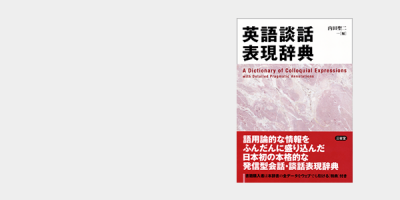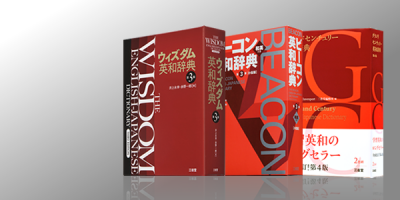
The “ojoosama” character that we talked about last time to some extent possesses a personal past in which she was “made the center of attention and spoiled, and as a result grew up haughty and selfish.” If this character is given a valet and allowed to grow up a bit more, she will eventually evolve into the “madam” character. Let’s call this the Type 1 “ojoosama” character, or “little madam” for clarity.
There is another “ojoosama” character apart from the “little madam” character. This type (Type 2) has a similar personal history in which she was “adored by everyone, and given all the freedom she wanted,” but as a result turned out quite differently than the “little madam.” Specifically, she is the “well brought up” type who is graceful, noble to a fault, and feels hostility towards no one. She is the “well-bred young lady” who earns our admiration and evokes exclamations such as “upbringing makes a world of difference!”
We could consider the “little madam” and “well-bred young lady” to be two sides of the same character, but for now we will treat them as separate. The reason for this is that their usage of language differs subtly. For example, when speaking to a person of lower rank, such as a servant, the “little madam” character would cursorily shout “Tanaka, hayaku watashi no heya no sooji o oshi!” (Tanaka, clean up my room, now!) while the “well-bred young lady” character would politely say “Tanaka-san, heya no osooji o onegai shimasu” (Mr. Tanaka, please clean my room, if you please).
I’m not sure how many well-bred young ladies are left in the real world today. However, as we discussed in the example of the “Heian aristocrat” character (part 14), characters are based on our perceptions. So the “well-bred young lady” character may indeed still exist within the Japanese-speaking community.
For example, one could call Miwako Kanbe (played by Kyoko Fukada), who appears in the serial crime drama Fugou Keiji (author: Yasutaka Tsutsui), and is always seen sighing, “How could anyone kill a person over a few hundred million yen?” a “well-bred young lady” character. Or, going to the logical extreme of the “well-bred young lady,” we find the “burikko(1)”—here we assume that the “kawaiiko” (cute girl) character is a “well brought up” girl (meaning she knows nothing of sex) and that the “burikko” is a girl who generally pretends to be a “kawaiiko.”
If the “well-bred young lady” matures without mishap, she will evolve into a naive, cute lady characterized by “wealth,” “lack of common sense,” and “innocence.” Frequent variety show guest Yukiji Asaoka(2) is often said to be this kind of person.
Just as the “ojoosama” character can be divided into the “little madam” and “well-bred young lady,” so too can the “rich (male) kid” character. He can be divided into the selfish, egocentric “king of the playground” (Type 1) or the graceful, pleasant “prince” (Type 2).
While the protagonist of Botchan (author: Natsume Soseki), whose own ethical system allows him to punch people without remorse, is great fun, we would have to call him a “king of the playground” (Type 1). By speaking slowly on purpose, Okubatake from Sasameyuki (Part 3), was trying (in Sachiko’s perception) to fake the mannerisms of the “prince” (Type 2), or what in the Kansai area is called the “Eeshinoko.”
* * *









(1) “Burikko” is a derogatory term for a woman who pretends to be helpless and air-headed, particularly around men.
(2) Yukiji Asaoka (1935– ) is a Japanese singer and actress.